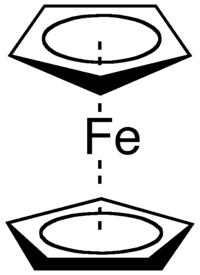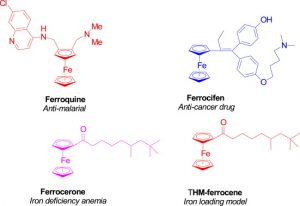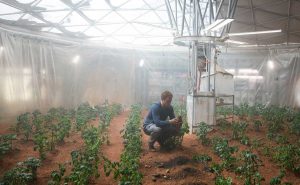Having a trouble making friends? How about building a friend?! New research at the University of Harvard by Pang Yui has brought us one step closer to synthesizing living beings. Synthesizing animals and people seems like an impossible task but it’s definitely more attainable now thanks to this fascinating research. You might be surprised what this new finding has to offer.
Many different types of cells make up the human body. DNA strands, which are the building block of genetic material in the body form the different types of cells. In our body, base nucleotides known as the A, C, G, T, which have the potential to fold into 3D structures make up DNA. Hydrogen bonding between the base pairs of nucleotides determines base pairing. For example, As and Ts and Cs and Gs bind to each other. In order for the cell to grow, develop, and repair itself, many changes occur in the DNA to allow cells to replicate.

Figure 1. A photo demonstrating the base pairing in DNA structure
For many years, people understood the complex machinery behind DNA replication. Can we synthetically make DNA? Scientists have previously tried to make copies of DNA in test tubes. However, this technique known as PCR is limited to amplifying DNA segments. It might be a Nobel-prize winner technique but definitely, we cannot rely on PCR to build large strands of DNA. Pang Yui, a researcher at the University of Harvard developed a new method that allows pre-designed sequences of DNA to autonomously grow. The Primer Exchange Reaction (PER) is a method that offers autonomous and programmable features that have very diverse applications in the field of synthetic biology. Some of these applications involve the engineering of molecular devices, that are capable of synthesizing large DNA nanostructures. These nanostructures are able to sense environmental signal in the cell which allows them to grow autonomously and carry different functions. This method represents advances in the field of molecular robotics since pre-designed DNA molecules can be programmed to self-assemble in 3D structures, that are able to carry certain functions and tasks.

Figure2. The method of Primer Exchange reaction which gives rise to autonomously grown DNA that is able to carry different tasks. Image credit: Wyss Institute at the University of Harvard
The method of PER needs very basic requirements. Firstly, you need “an engine” in the form of Single-stranded DNA that has the potential to partially pair with itself. Secondly, you need a primer that is complementary to the piece of single-stranded DNA. Through a series of elongation and displacement reactions, the primer is able to copy the sequence of DNA in-situ.Once these reactions are over, the DNA is expelled and is allowed to be recycled in this process to make large strands of DNA.
This method represents the future of technology. If we can program DNA to do specific tasks and functions, we can definitely synthesize people. All you need is making proteins which are crucial in many cellular processes. If this new research is able to synthesize proteins, we are one step closer to synthesizing animals and people who can keep our company.
By: Tarek El Sayed





